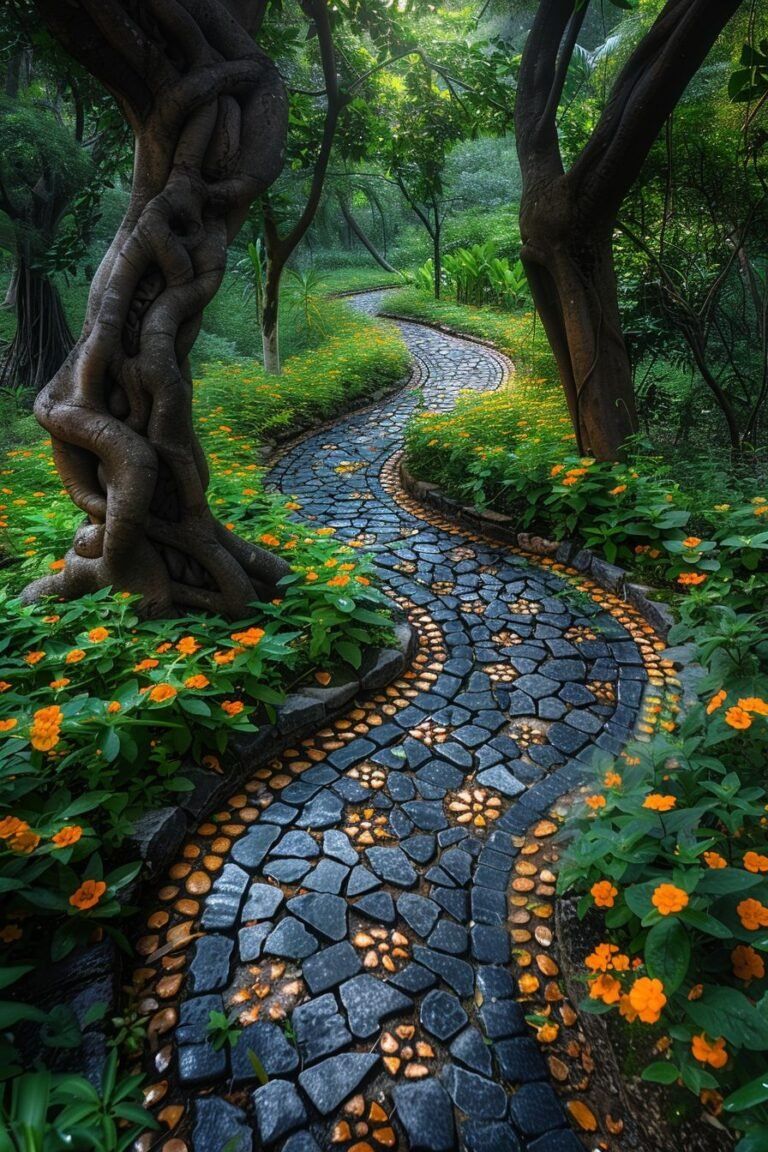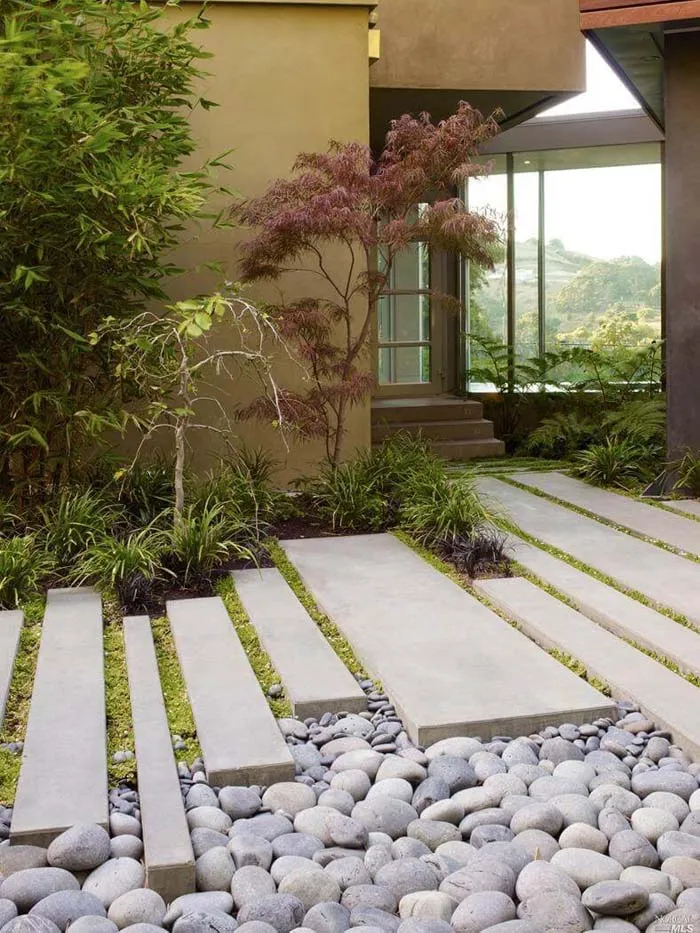
Garden path walkways are an essential element of any outdoor space, providing both practicality and aesthetic appeal. They not only guide visitors through the garden but can also serve as a focal point or design feature in their own right. From traditional brick paths to more modern and creative designs, there are endless possibilities for creating a beautiful and functional garden path walkway.
When designing a garden path walkway, there are several factors to consider. The first step is to determine the purpose of the path – whether it is meant to lead visitors to a specific destination, such as a seating area or a garden feature, or simply to provide a meandering route through the garden. The length and width of the path should also be considered, as well as the materials that will be used.
One of the most popular materials for garden path walkways is brick. Brick paths have a timeless and classic look that complements a wide range of garden styles. They are also durable and low-maintenance, making them a practical choice for a garden walkway. Brick can be laid in straight lines for a more formal look or in a herringbone pattern for a more casual feel.
Another popular choice for garden paths is flagstone. Flagstone has a natural, rustic look that blends seamlessly with the surrounding landscape. It can be laid in irregular shapes for a more organic feel or in a geometric pattern for a more contemporary look. Flagstone paths are also durable and require minimal maintenance, making them a great option for a garden walkway.
For a more modern and creative look, consider using unconventional materials for your garden path walkway. Pea gravel, crushed rock, or wood chips can create a unique and interesting texture that adds visual interest to the garden. These materials can be easily installed and are a cost-effective option for creating a distinctive garden path walkway.
In addition to the materials used, the design of the path itself can also have a big impact on the overall look of the garden. Curved paths can add a sense of movement and flow to the garden, while straight paths can create a more formal and structured look. Mixing different materials and textures can also create a visually interesting garden path walkway.
When designing a garden path walkway, it’s important to consider the overall aesthetic of the garden and how the path will fit into the existing landscape. By choosing the right materials, design, and layout, you can create a beautiful and functional garden path walkway that enhances the overall look of your outdoor space. Whether you prefer a traditional brick path, a natural flagstone walkway, or a more modern and creative design, there are endless possibilities for creating a stunning garden path walkway that will be enjoyed for years to come.
 Decoration Ideas
Decoration Ideas









